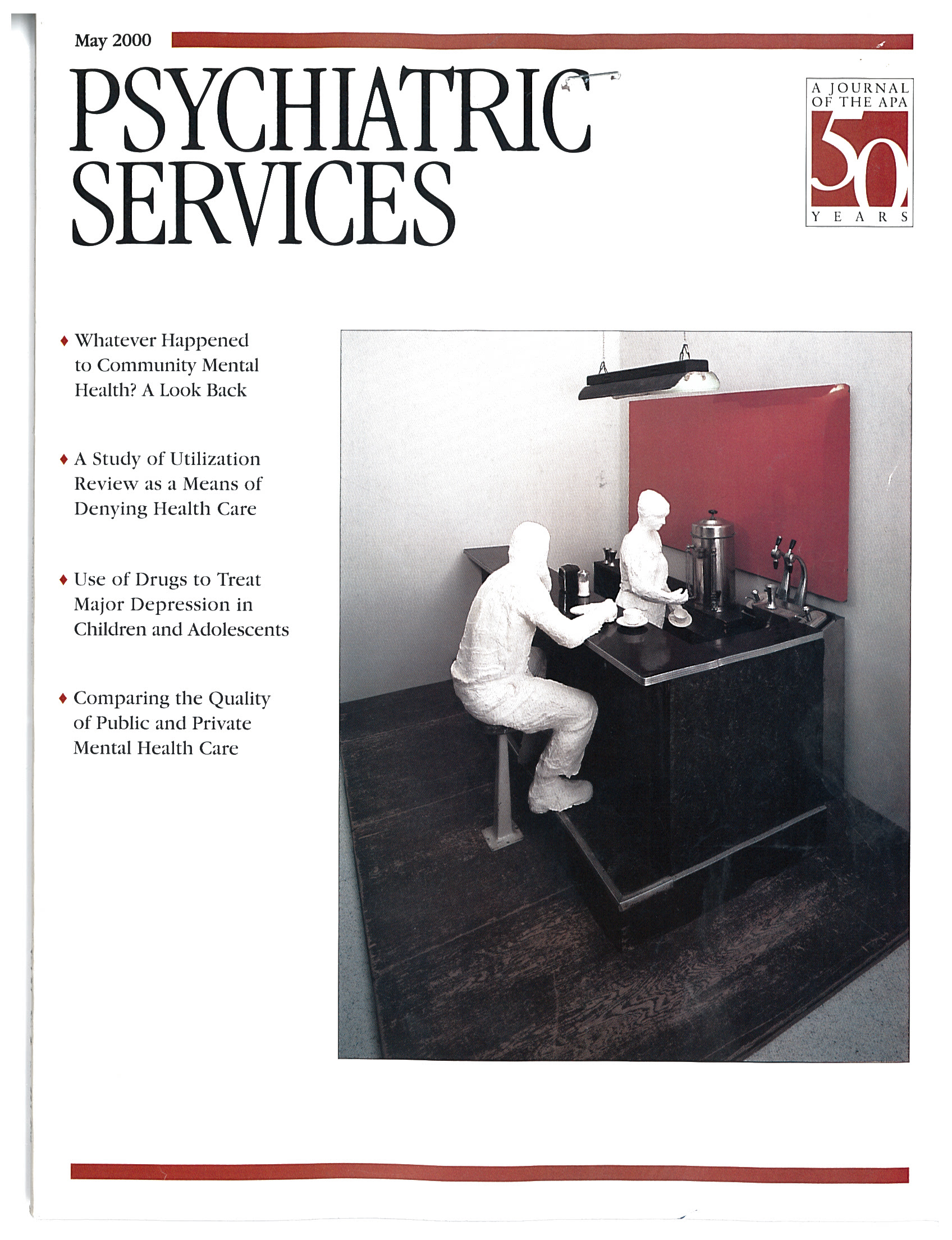The Corporate Life
To the Editor: I was surprised and disturbed to find that the main focus of the article entitled "The Human Factor in Mergers and Acquistions: A Personal Story" by Dr. Arthur Lazarus (1) in the January 2000 issue was about the angst of a psychiatrist-turned-middle-manager who has been bumped about as he helped the corporatization of medicine and psychiatry. (He remains vice-president and corporate medical director of behavioral health at Humana, Inc.; he acknowledges that other colleagues resigned along the way.)
I will save my compassion for the thousands of clinicians (not providers) and the millions of patients (not consumers) whose treatments have been compromised, intruded upon, devalued, or abolished while Dr. Lazarus and others have been pursuing their fortunes and the bottom line of the for-profit entities they have worked for.
As for Dr. Lazarus' discomforts, to paraphrase an old saw, he should have realized that when he climbed into bed with dogs, he would awaken with fleas.
Dr. Glass is director of the attending psychiatrists and psychologists program at McLean Hospital in Belmont, Massachusetts.
1. Lazarus A: The human factor in mergers and acquisitions: a personal story. Psychiatric Services 51:19-20, 29, 2000Link, Google Scholar



